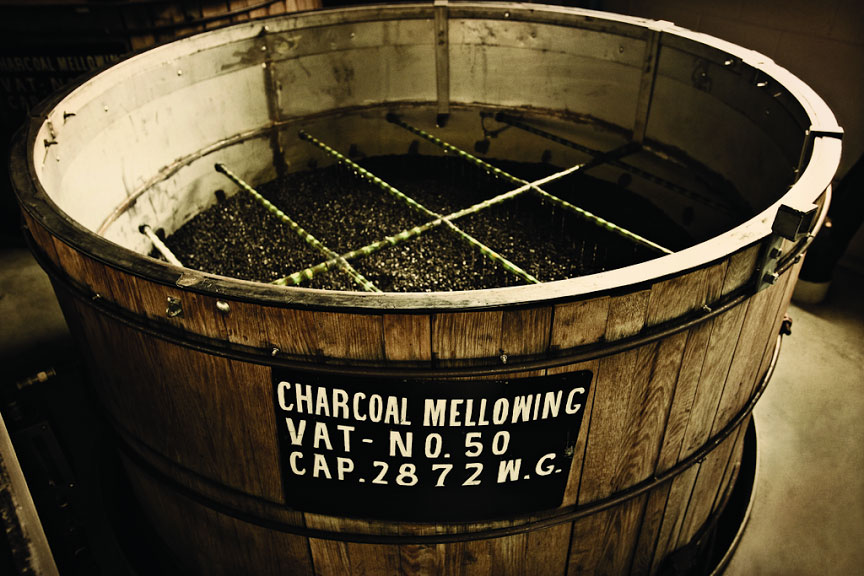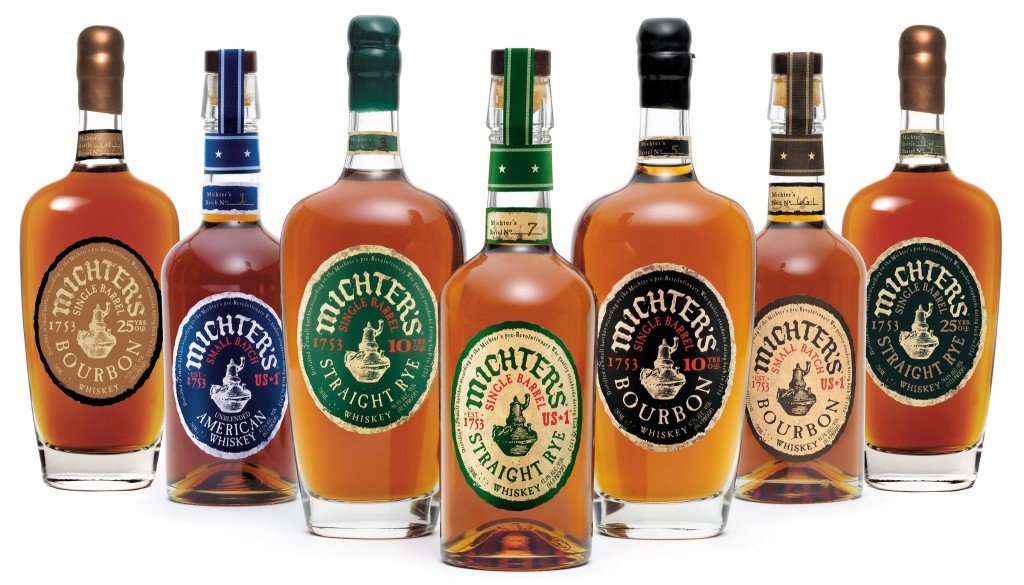Bad Whiskey Writing Part II
Or “Don’t Send A Teetotaller To Do A Hard Drinker’s Job”
By Richard Thomas

Imagine a harried newspaper editor walking into the cubical of a very junior staff writer and saying “Jimmy, what do you know about football?” The green reporter replies he played a little touch football in college and watches the Superbowl every year at some party or another. The editor declares “Great! You are now doing an analysis of the NFL’s latest rules changes!”
Sounds ludicrous, doesn’t it? Most of the football fans in the country know more about the subject than that guy, so odds are whatever he might write will offend a big chunk of the readership of that sports page. Yet whiskey writing in the major media is often of such low quality that I am left thinking that is exactly what they do: parcel the job off to anybody who wants it.
Don’t Know It? Don’t Go There
In January I penned a piece condemning the poor quality of some whiskey writing in the major media. Whiskey is hardly the only subject where insufficient articles are the norm, due in my opinion to a major conceit of the professional journalism establishment: that a journalism grad is trained to write competently on any subject, no other expertise required. Technically, this is true, but if and only if said reporter does sufficient research. Calling one marketing rep and one independent expert about a complicated issue is obviously not good enough, but that is what seems to be the standard much of the time when the subject is whiskey.
Take the huge flap in February over Maker’s Mark cutting it’s whiskey down to 42% abv. I read only one article from a publication outside the whiskey and spirits press that did a good job of contextualizing Maker’s Mark’s action, the one appearing in USA Today. Most completely failed to comment on the numerous other instances of how distilleries have dealt with shortages in recent years.
Another foul is making assertions not supported by the body of the article. Reid Mitenbuler claimed in this March piece for Slate that all white whiskey “tastes awful.” While the article was a good piece on the marketing and economics of white whiskey, he completely ignores the growing niche market for “the clear stuff,” and seems unaware of the difference between an unaged whiskey that was meant to be aged and a white whiskey that was made with staying white in mind. Certainly there are plenty of people in Pittsburgh and Asheville who would take great offense at Mitenbuler’s generalized description of Wigle White Rye and Troy and Sons Platinum as “awful.” Slate is a repeat offender in this category, as this poorly researched, much-corrected, and incomplete article on start-up distilleries shows.
Stick With The Gang, Kiddo
The major media wouldn’t dare assign a rube to write about a subject like professional football, but they routinely do so when it comes to whiskey. If you’re a whiskey-lover and you want to follow your favorite spirit, approach major media articles about whiskey with caution. It doesn’t have to be with us, but stick with the serious whiskey hands, and not the guys who think they can become experts with one night at the bar and a couple of phone calls.





